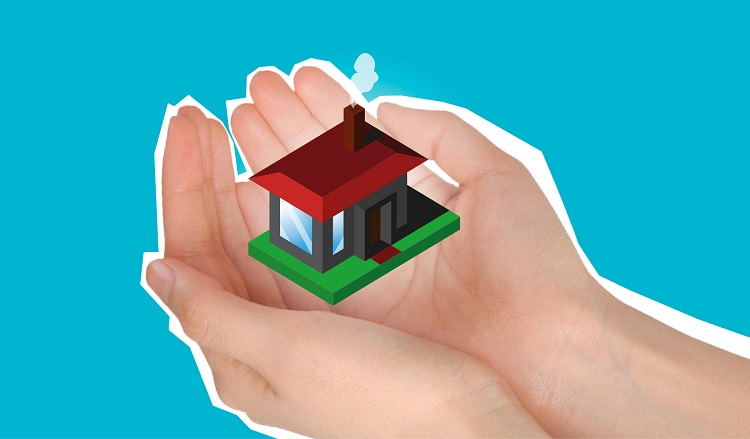How Painful Are Kidney Stones?

Kidney stones are a common urological condition that affects millions of people worldwide. These small, hard deposits form in the kidneys and can cause excruciating pain when they pass through the urinary tract. In this article, we will explore the level of pain associated with kidney stones, the factors that influence it, and the available treatment options.
The Anatomy of Kidney Stones
To understand the pain associated with kidney stones, it is essential to grasp their formation and movement within the body. Kidney stones are solid masses made up of various substances, such as calcium, oxalate, and uric acid. They can range in size from a grain of sand to a pebble.
When kidney stones form, they typically remain in the kidneys. However, when they start to move through the urinary tract, they can cause severe discomfort. The ureters, which are narrow tubes connecting the kidneys to the bladder, are particularly vulnerable to blockages caused by kidney stones. As a result, the stones can become lodged in these tubes, leading to intense pain.
The Pain Scale
The pain caused by kidney stones is often described as one of the most intense experiences a person can endure. The level of pain can vary depending on several factors, including the size and location of the stone, as well as an individual’s pain tolerance.
On a pain scale from 1 to 10, with 10 being the highest level of pain, kidney stones are often rated at 8 or above. The pain is typically characterized as sharp and stabbing, radiating from the back or side down to the groin area. It may come in waves and intensify during physical activity or when urinating.
Factors Influencing Pain
Several factors can influence the level of pain experienced during a kidney stone episode. The size of the stone plays a significant role, as larger stones are more likely to cause intense pain due to their potential to obstruct the urinary tract. Additionally, the shape and texture of the stone can affect how it moves through the ureters, potentially causing more pain.
The location of the stone within the urinary tract also impacts the level of discomfort. Stones located closer to the bladder tend to cause more pain as they pass through the narrower parts of the ureters. Furthermore, individuals with a history of kidney stones may experience more pain during subsequent episodes, as their bodies may be more sensitive to the sensation.
Treatment Options and Pain Management
When it comes to managing the pain associated with kidney stones, healthcare professionals employ various strategies. The choice of treatment depends on factors such as the size and location of the stone, as well as the severity of symptoms.
For smaller stones that are likely to pass on their own, pain management may involve over-the-counter nonsteroidal anti-inflammatory drugs (NSAIDs) such as ibuprofen. These medications can help alleviate pain and reduce inflammation. Additionally, drinking plenty of water and applying heat to the affected area can provide some relief.
In cases where the stone is too large to pass naturally or causes severe pain, medical intervention may be necessary. Extracorporeal shockwave lithotripsy (ESWL) is a common procedure that uses sound waves to break up the stone into smaller fragments, making it easier to pass. Other options include ureteroscopy, where a thin tube is inserted into the ureter to remove or break up the stone, or surgical removal in more severe cases.
Conclusion:
Kidney stones are undeniably painful, often ranking high on the pain scale due to their movement through the urinary tract. The size, location, and shape of the stone, as well as an individual’s pain tolerance, all contribute to the level of discomfort experienced. Fortunately, there are various treatment options available to manage the pain and facilitate the passage of kidney stones. If you suspect you have kidney stones or are experiencing severe pain, it is crucial to seek medical attention promptly to receive an accurate diagnosis and appropriate treatment.






